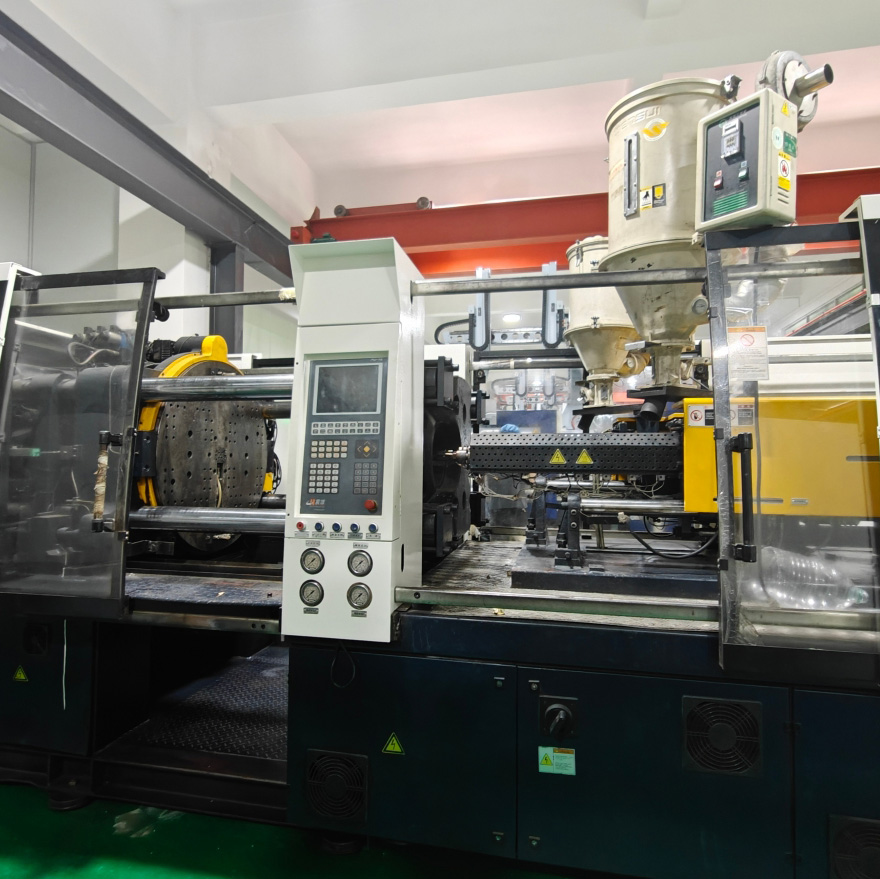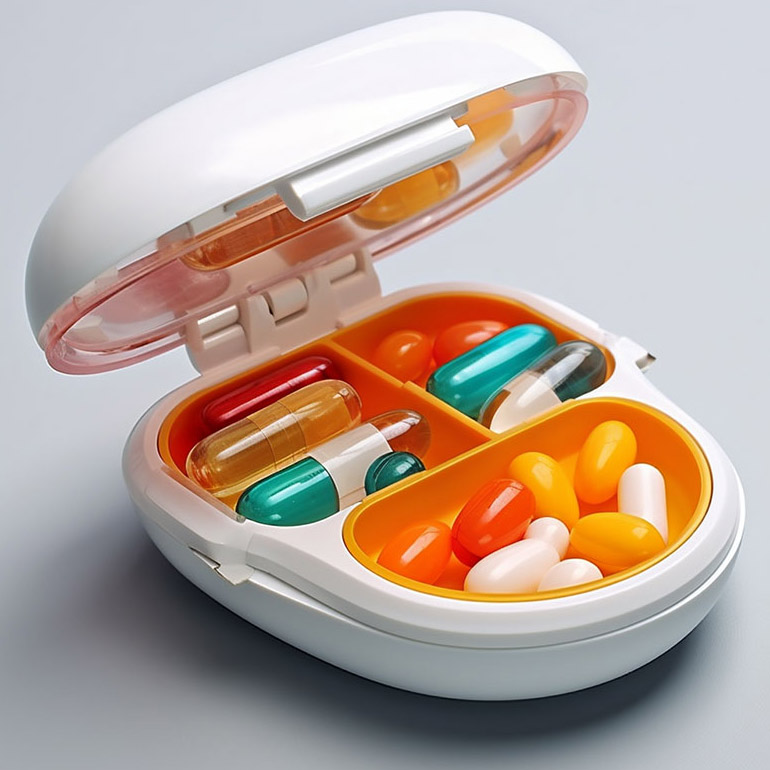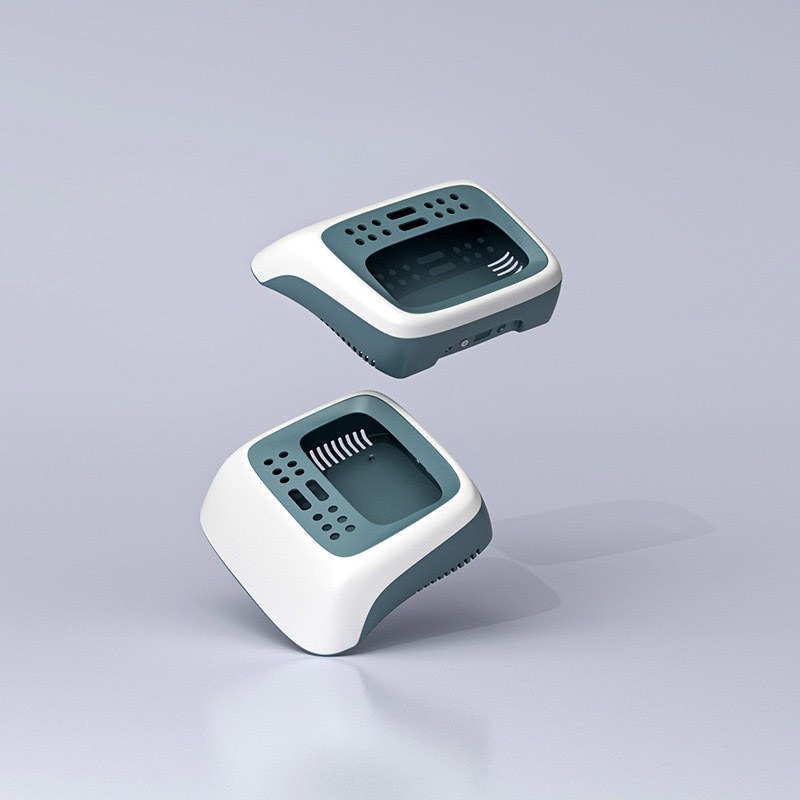Introduction
With the continuous advancement of technology, injection-molded light guide plates have been widely used in various fields due to their unique advantages. This article will thoroughly explore the characteristics and innovative applications of injection-molded light guide plates, highlighting their significant role and development trends in modern technology.
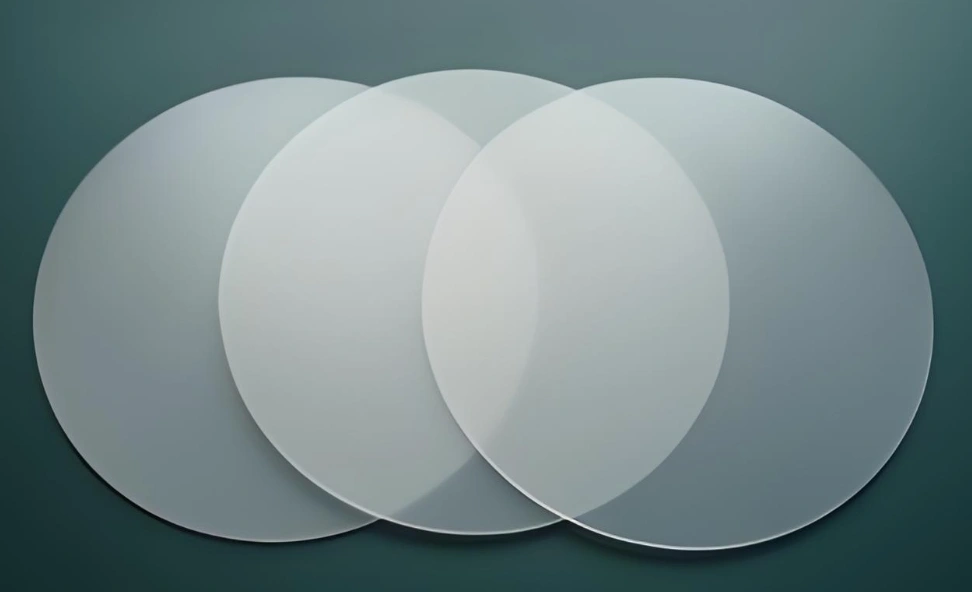
Characteristics of Injection-Molded Light Guide Plates
High Production Efficiency
The injection molding process injects molten plastic material into a mold under high pressure, then cools and solidifies it to form the product. It features a short molding cycle and high production efficiency, enabling mass production.
Flexible Design of Light Guide Points
The light guide points can be designed to accommodate various light sources from different manufacturers or different luminous conditions. They can also be flexibly designed according to the different usage requirements of customers to achieve different usage effects.
Excellent Optical Performance
It can convert a linear light source into a uniform surface light source with even light distribution and high light conversion efficiency. Compared with traditional plates, it can improve by more than 30%. For example, the light guide plate for the liquid crystal backlight of Nalux is produced by injection molding, which accurately transfers the delicate prism pattern made by machining on the mold and can effectively control the emission area and intensity.
Diverse Material Selection
Common materials for light guide plates include polymethyl methacrylate (PMMA) and polycarbonate (PC). Different materials exhibit distinct physical and optical properties, allowing for the selection of suitable materials based on specific application requirements.
Thin-Wall Capability
With the development of technology, the thickness of injection-molded light guide plates has gradually decreased, meeting the market demand for thin and lightweight products.
Low Cost
The injection molding process is mature, with high production efficiency and no need for additional processes such as carving or printing. The production cost is relatively low, and it has high cost performance.
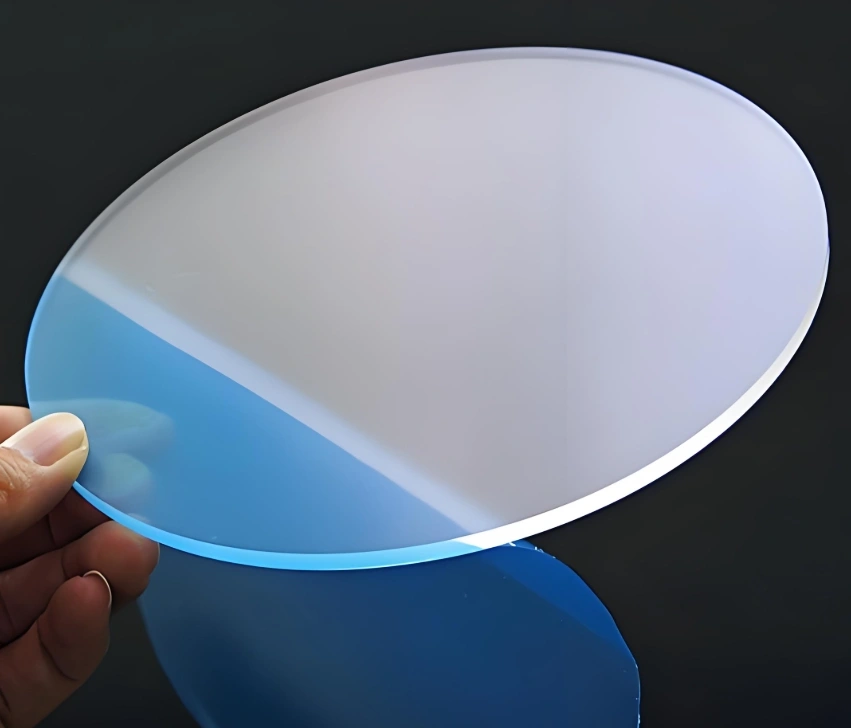
Innovative Applications of Injection-Molded Light Guide Plates
Transparent PC Injection Cover
Technological Innovation: By drawing on the injection compression process in the light guide plate industry, the stress marks (rainbow marks) in transparent PC injection molding are significantly eliminated, improving the color matching and texture effect display of mobile phone casings.
Application Prospects: This process is not only applicable to mobile phone casings but can also be extended to other products that require a transparent and high-quality appearance, such as smartwatches and smart glasses.
Automotive Light Guide Plates
Technological Innovation: Covestro and Changtian Technology jointly launched the LM807 polycarbonate light guide plate for automotive applications, utilizing UV micro-dot printing technology to achieve high brightness, low color deviation, and high reliability.
Application Prospects: This light guide plate offers high-performance, design freedom, and high-production efficiency solutions, ensuring stable product quality and meeting the development needs of automotive integration, intelligence, electrification, and informatization.
Automated Cutting Technology
Technological Innovation: Dongguan Hengsheng Optoelectronic Technology Co., Ltd. has successfully obtained a patent for a “light guide plate injection molding gate automatic cutting mechanism”. This mechanism includes a linear transmission component, a guide component, a pressing component, and a cutting component, enabling the conveyance and cutting of light guide plates without manual intervention.
Application Prospects: This technology significantly improves the automation level of light guide plate production, increases production efficiency, and reduces human errors, making it suitable for large-scale production.
New Composite Light Guide Plate Materials
Technological Innovation: The new composite light guide plate material separates the phosphor in the LED lamp of the panel light and places it in the diffusion plate, and combines the light guide plate, diffusion plate, and reflective layer into one, with the advantages of uniform light output, good luminous efficiency, and reduced overall material thickness.
Application Prospects: This material is suitable for various lighting devices that require high luminous efficiency and low thickness, such as ultra-thin LED panel lights and backlights.
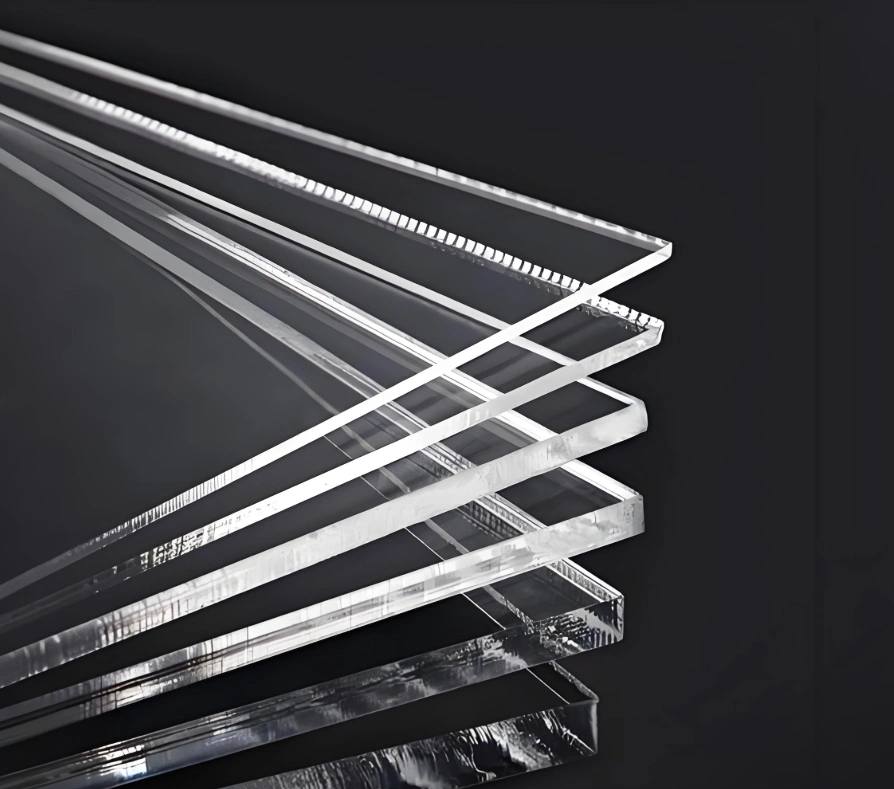
Market Trends
Global Market Growth: According to the statistics and forecasts of QYR (QYResearch), the global market sales of injection molding machines for light guide plates reached $216 million in 2023 and are expected to reach $304 million in 2030, with a compound annual growth rate (CAGR) of 4.7% (2024 – 2030).
Chinese Market Development: The Chinese market for injection molding machines for light guide plates has exhibited a stable growth trend from 2019 to 2024 and is projected to continue growing from 2025 to 2030.
Expansion of Application Areas: The application areas of light guide plates are continually expanding, gradually extending from traditional fields such as liquid crystal display backlighting, automotive interior lighting, and household appliance indicator lights to emerging fields including medical equipment, industrial endoscopes, and smart wearable devices.
Conclusion
In conclusion, injection-molded light guide plates not only excel in traditional application fields but also demonstrate outstanding potential for technological innovation and market expansion. They are expected to be widely used in more fields in the future.
